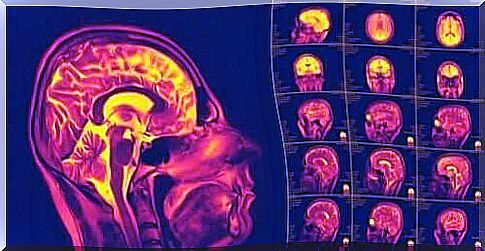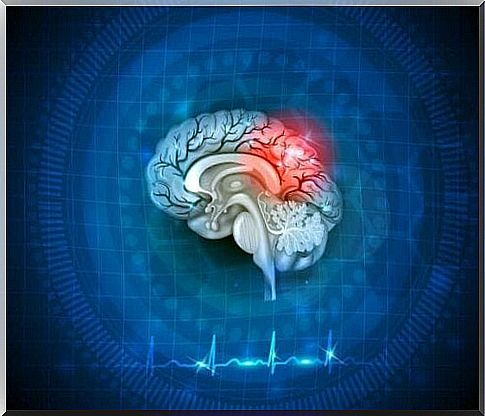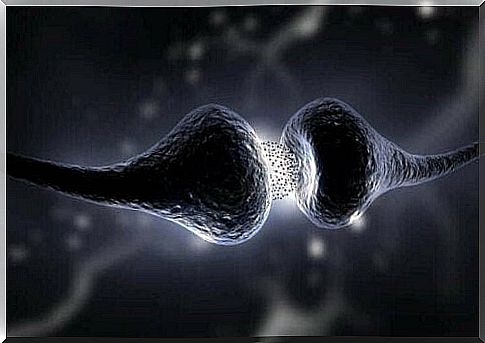What Is Neuroplasticity In The Brain?

Neuroplasticity in the brain, also known as brain plasticity, is one of the most important recent discoveries about the human body. It is the brain’s ability to change and adapt to new behaviors or experiences.
Until recently, scientists thought that neural circuits were formed and changed only during childhood. So they thought it was impossible to change or make new connections in adulthood based on experience or learning.
However, scientists discovered that our brain neurons can regenerate continuously. Not only do they do this anatomically, but they can also form new connections. This concept is commonly known as “neuroplasticity.”
While it may seem simple, this is what allows the brain to recover from certain injuries or conditions. In this article, we’ll tell you everything you need to know about neuroplasticity in the brain.
What is neuroplasticity in the brain?
In the past, scientists thought that nerve tissue could only change early in life. So this meant they thought it was impossible to recover from brain injury. In recent years, however, researchers have discovered that this is not the case.
Neuroplasticity is the ability of neurons to regenerate. They do this both anatomically and functionally. It is a process that involves many biochemical and metabolic reactions. It also means that it has great adaptability.
Scientists began to notice this in the 1960s. They paid attention to several cases of stroke in adults. They even found that many seemed to recover over time.
They then began to perform various imaging and stimulation tests to demonstrate the existence of neuroplasticity. Scientists are still investigating all aspects of this phenomenon.

How does neuroplasticity work?
The synapse is the area where neurons communicate with each other. When we are born, there are only a few synapses per neuron in the cerebral cortex. Specialists think there are about 2,500 synapses. Over the years, however, this number increases to nearly 10,000 synapses per neuron.
This happens because we experience and learn different behaviors during our growth process. All this ensures that new brain connections are formed and strengthened. However, it also means that the ones you don’t use will die.
With neuroplasticity in the brain, new synapses can form or regenerate throughout life. This occurs through various molecular and chemical mechanisms. Therefore, synapses strengthen or increase every time you learn new things.
The main things happening here are:
- The excitability of the neuron is restored. This happens because the balance between the ions inside and outside the neurons is restored.
- Parts of the neuron that are damaged regenerate, especially the axon.
- There is a recovery of circuits that were not active.
These reactions are very complicated. However, the result is that there are more connections in the brain.

The importance of this discovery
Neuroplasticity in the brain is especially important for therapy. By discovering that this process exists, researchers discovered that many brain injuries are actually treatable. Therefore, by creating new connections, the brain can restore certain functions.
Researchers are studying this, for example, in people with traumatic injuries. However, there are other diseases that doctors can improve with this knowledge, namely:
- obsessive-compulsive disorder
- certain types of schizophrenia
- ADHD
- fear
- depression
Hopefully, specialists will continue to learn even more. Knowing this about the brain can help improve the course of many more diseases in the future.









